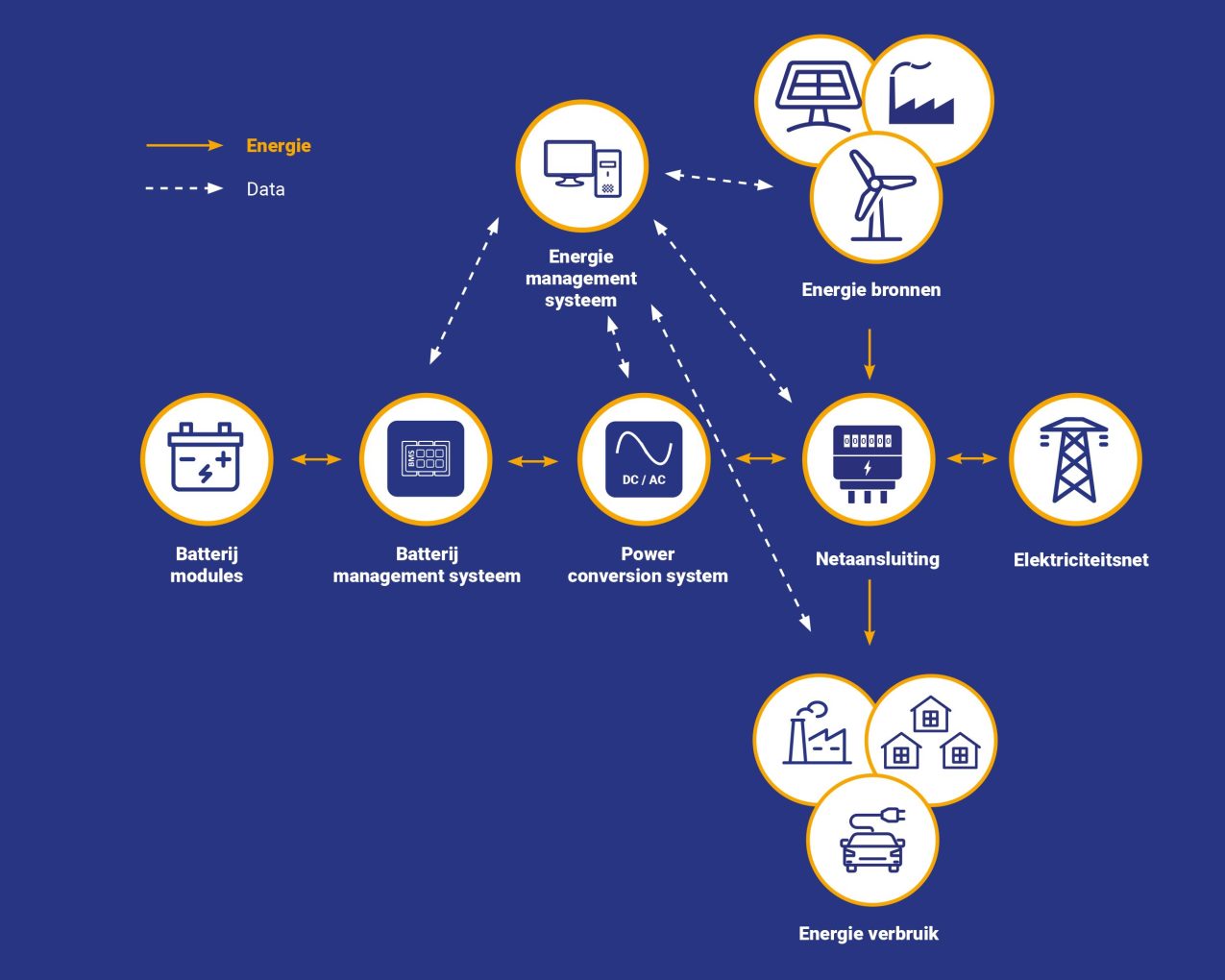
How energy storage works
Large-scale battery systems allow (renewable) energy to be stored and tapped again when needed. Aggregators bring market supply and demand together by trading on Dutch energy markets. This is particularly interesting for owners of larger grid connections (>630 kVA), due to economies of scale.
ProfiNRG is happy to help you with your energy management by supplying
batteries, solar panels and energy management systems.
How batteries make a financial return
A battery can benefit in several ways. To maximise the return from a battery investment, different revenue models are combined.
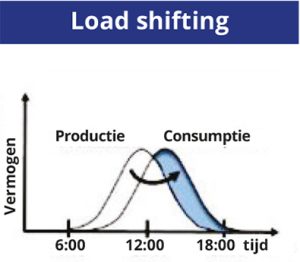
Energy trade
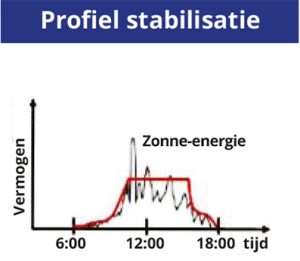
Congestion market

Balancing market
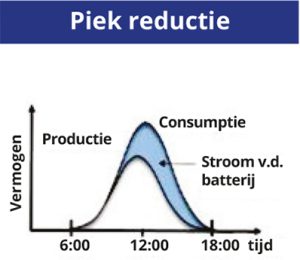
Capacity shortage of your grid connection
Decision moments to deploy battery storage
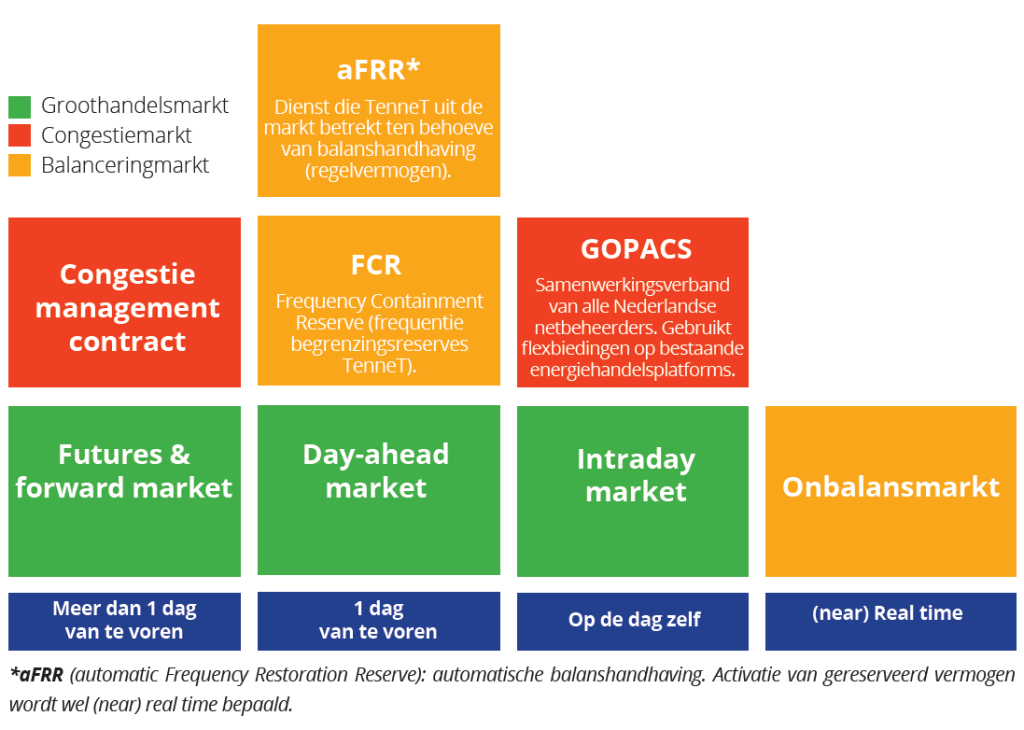
Possible agreements with Network Operators
1. The Capacity Control Contract (CSC):
with this contract, agreements will be made on a capacity limitation or active deployment for energy storage systems to allow them to be grid-neutral for a longer period of time.
2. The capacity limitation contract (CBC):
This contract involves a call for readjustment or switching off the next day. The grid operator makes these agreements with, for example, wind or solar farms to create extra space in the power grid during peak times.
3. The redispatch contract:
This contract allows the grid operator to make adjustments on the day. This contract is usually entered into temporarily to prevent network overload in a congestion area.

Would you like to become more sustainable with a solar power system?
Interested?
Neem dan contact op met Amanda zhu via +31 (0)622 96 98 91 or e-mail amanda@profinrg.nl. We denken graag met u mee in slimme oplossingen. Volg ons ook op LinkedIn.
